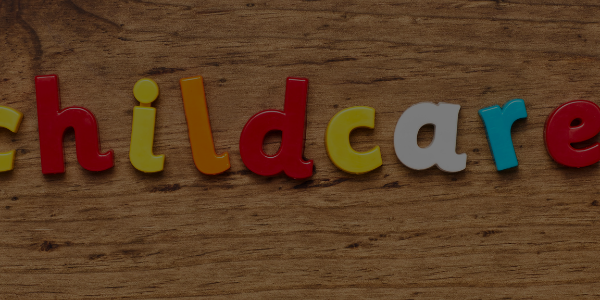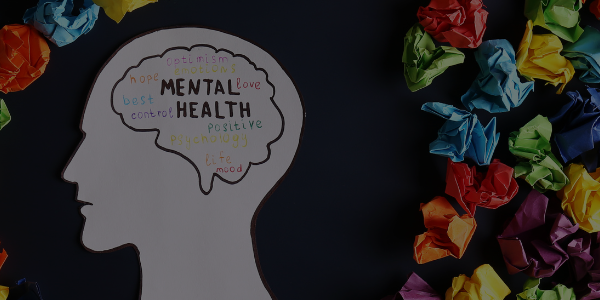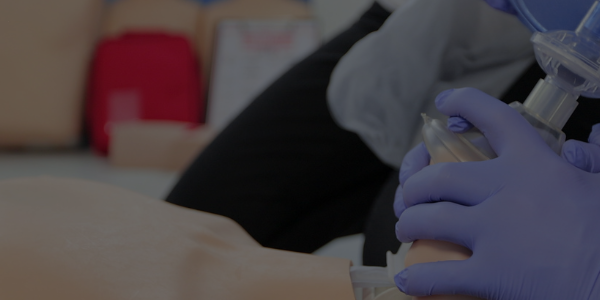What is an Antibiotics?
Antibiotics are medicines that fight bacterial infections in people and animals.
They work by killing the bacteria or by making it hard for the bacteria to grow and multiply. Antibiotics can be taken in different ways: Orally (by mouth).
A drugs that destroy or inhibit the growth of bacteria. An important class of antimicrobials, and they are considered some of the most important medications ever discovered.
Bacteria and similar microorganisms like fungi and protozoa are infecting agents that can cause infections in humans and animals.
Many infectious diseases have been treated successfully with antibiotics since Alexander Fleming developed penicillin in 1928.
The term antibiotic was first used in 1942 by Selman Waksman and his collaborators in journal articles to describe any substance produced by a microorganism.
It is antagonistic to the growth of other microorganisms in high dilution. This definition excluded substances that kill bacteria, but are not produced by microorganisms (such as gastric juices and hydrogen peroxide).
It also excluded synthetic antibacterial compounds such as the sulfonamides.
Many antibacterial compounds are relatively small molecules with a molecular weight of less than 2000 atomic mass units.
It is among the most frequently prescribed medications in modern medicine. The first antibiotic was penicillin, discovered accidentally from a mold culture. Today, over 100 different antibiotics are available to cure minor, and life-threatening infections.
Bacteria are single cell organisms that are found almost everywhere on earth.
They can live in soil, water and even inside other living organisms. Bacteria play an important role in nature by decomposing organic matter and recycling nutrients.
They are also essential for life; bacteria in our digestive system help us digest food and absorb nutrients.
However, some species of bacteria can be harmful and cause diseases such as cholera or typhoid fever, tuberculosis and pneumonia. These type of bacteria are called pathogens or germs.
These are a type of medicine that is used to treat bacterial infections. They work by killing the bacteria or stopping them from multiplying.
The two most common types of it used in children are:
broad-spectrum – can be used against different types of bacteria
narrow-spectrum – usually prescribed to treat only specific types of bacteria
It can be given by injection, but most people take them as tablets or capsules. The course of treatment will last for between 5 and 10 days.
What does it do?
Bacteria live in their host cells by taking nutrients from them and producing waste products from their metabolism. It interfere with this process and inhibit the growth of bacteria, causing them to die. This can cure bacterial infections such as meningitis, pneumonia, tuberculosis, gonorrhoea and typhoid fever.
Who needs it?
It can be used to treat bacterial diseases, but not viral diseases such as the common cold or influenza. It is important to understand that antibiotics are not effective against viral illnesses because they can’t kill viruses or stop them from reproducing.
A wide range of antibiotics are available to treat different types of bacterial infection. Your doctor will advise you which antibiotic is best for your child.
Please note that regular First Aid and CPR Training is the best way to make sure that you’re prepare in the case of an emergency. Book a course with us!
Find this article useful? Read more of our blogs here!





